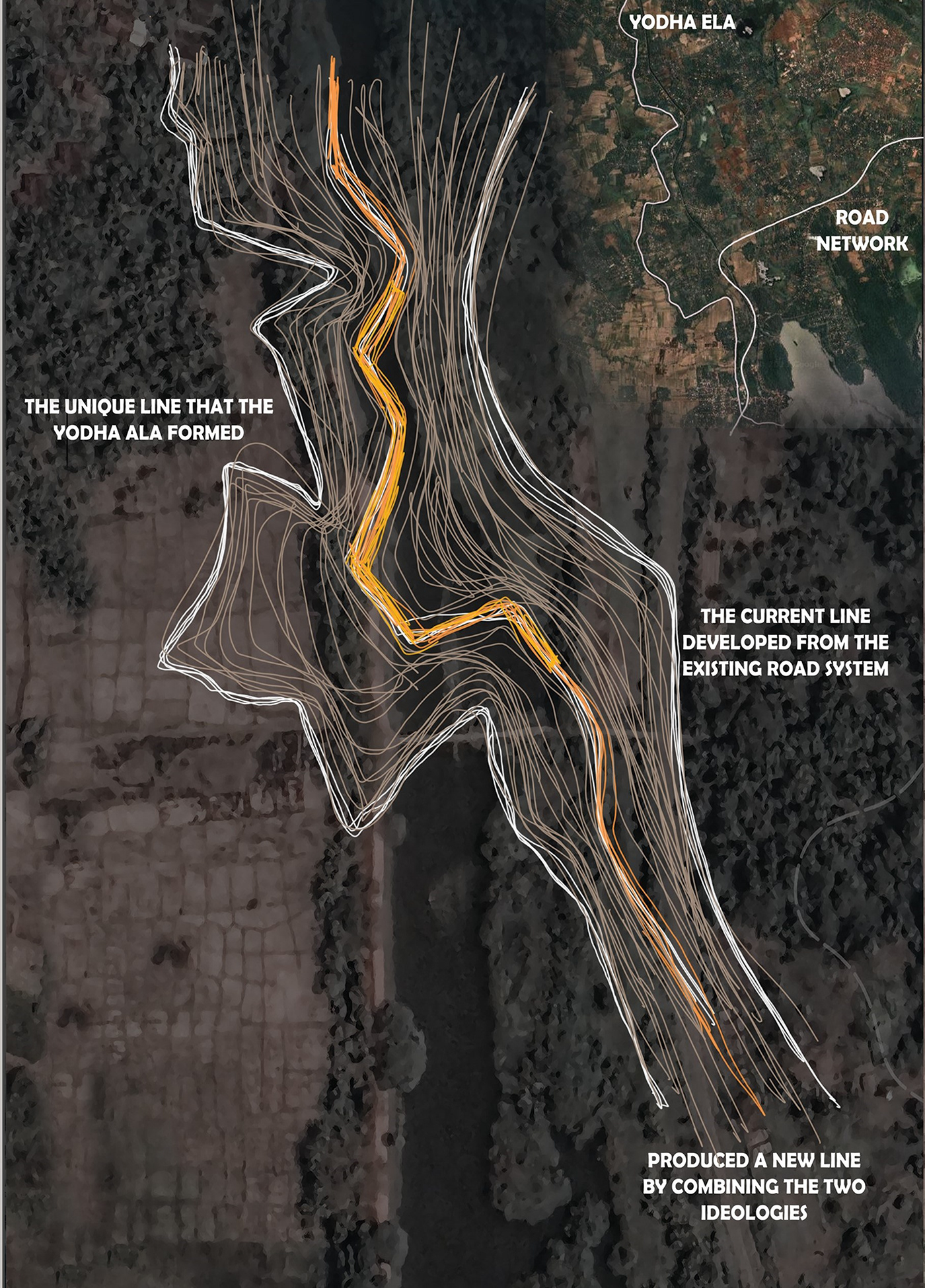
The project aims to redefine the indigenous system and village tank cascade system in Sri Lanka through the creation of an eye-opening model landscape. The goal is to transform Sri Lanka from a subsistence economy to a productive one within the ecological framework of both eco-tourism and agriculture. The project involves activating the soil water ecosystem and storing the underground water of Dahayya Kanda, followed by the restoration of the village tank (Anumathi wewa) through the creation of a forest tank cascade system. This system will showcase the mystery of indigenous knowledge and promote eco-tourism industries in Sri Lanka while also benefiting the agricultural field.

This area belongs to kala oye basin and kala oye basin is one of the oldest agricultural settlements in Sri Lanka. In that basin, the most iconic and most valuable focal point is kala wewa reservoir. Kalawewa is the largest water storage tank in the Kala Oye basin, with an active surface storage capacity of 123 mcm.
Kalawewa is a large, ancient irrigation tank, which was built by King Dhathusena (455-473 AD) by damming the Kala Oye. This ancient tank was restored in 1887 and again in 1939. Kalawewa plays a pivotal role in the modern Mahaweli irrigation scheme, as it is one of the main storage tanks in North-central Sri Lanka.
The command area of the Kalawewa is 23,800 ha. Since the implementation of the Mahaweli Development Project, the tank receives water through the Dambulu Oye, a main headwater tributary of the Kala Oye.
"Our vision is to create a sustainable and thriving community in Sri Lanka by redefining the village tank cascade system in an ecological frame. By promoting the ancient system through eco-tourism and designing an eye-opening model landscape, we aim to achieve economic benefits while preserving the natural environment and cultural heritage of the region. Our project seeks to inspire and empower local communities to take ownership of their natural resources and promote responsible tourism practices that benefit both people and the planet."
Concept
" To create a new landscape language that harmonizes the topography by combining two philosophies: the indigenous knowledge system and the ecology-based current knowledge system.”
By integrating these two perspectives, we seek to develop a novel approach to landscape design that respects traditional wisdom while also addressing contemporary environmental concerns. Through this project, we hope to create a language of form and function that is unique, adaptable, and sustainable, and that promotes a deep connection between people, culture, and nature."

FORM DEVELOPMENT

DESIGN LAYOUT









